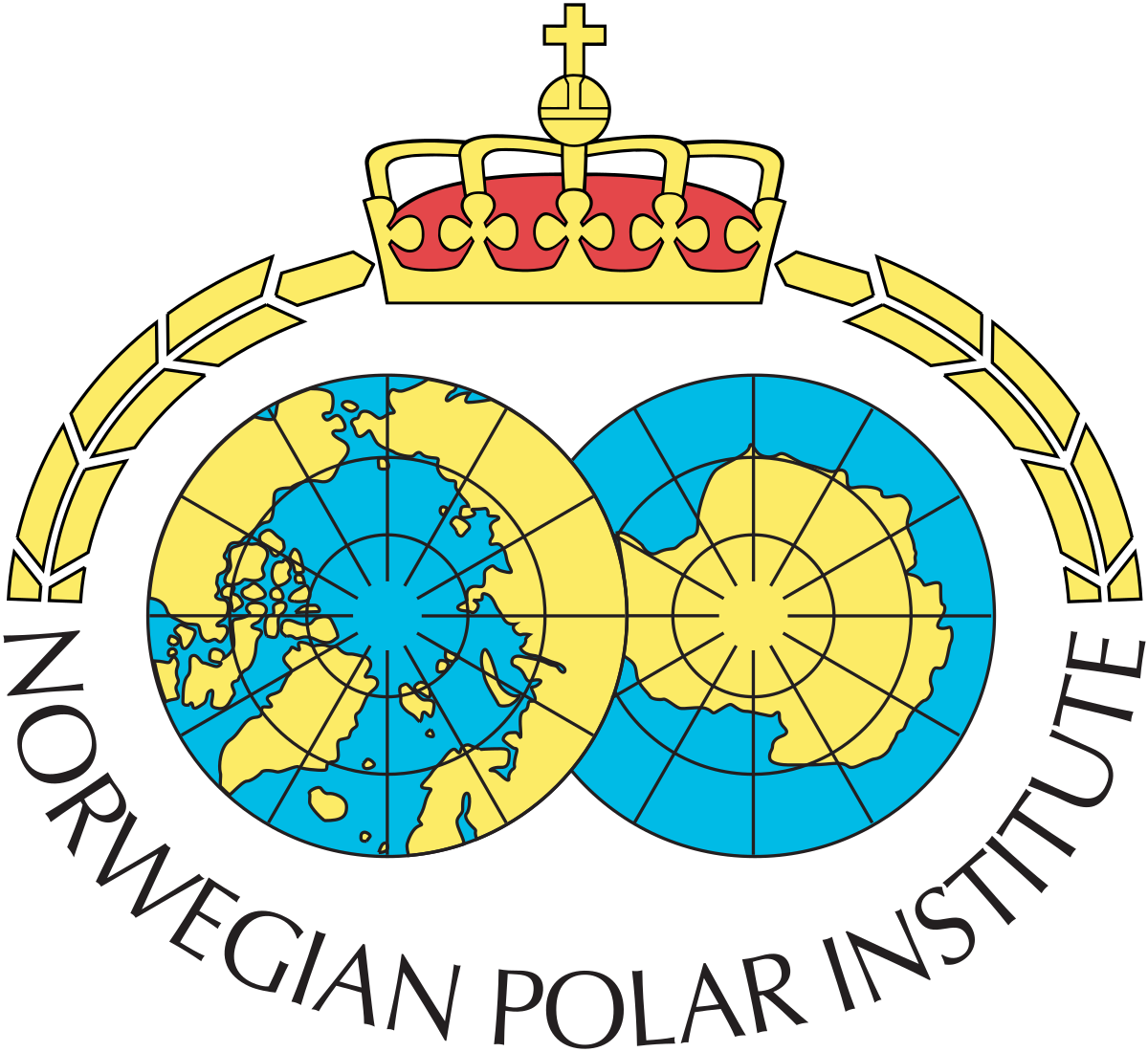Polar and Alpine Events Calendar
To Thursday 09 January 2020
Snow covers a large portion of the Earth’s mid- and high-latitude land surface for extended periods every year. For humans, the precipitation that accumulates in mountains and forests in the form of snow is crucial, providing water to about 2 billion people on Earth (Barnett et al., 2007; Mankin et al., 2015). It is equally important for virtually all humans in the way it regulates essential climate processes through the snow albedo effect (Kellogg, 1973; Groisman et al., 1994; Lemke et al., 2007) and through its superb insulating properties (Goodrich, 1982; Mellor, 1964; Sturm et al., 1997). Quite simply, any change in global snow quality or quantity is likely to have serious climatic and societal consequences for all of us (Barnett et al., 2005; Mankin et al., 2015; NASA, 2016; Sturm et al., 2017).
Accurate snowpack property measurements are needed as ground truth for remotely sensed data, as input for hydrological models, as input to ecological models, and as data when making avalanche forecasts. There are two reasons a scientist needs to know how to make these measurements: First, because they will during their career collect and use field data for their own research purposes and should understand the spatial and temporal relevance of the data. Second, because they are likely to use snowpack data from field practitioners or agency sources and need to understand the accuracy and the richness of the data they are using.
The curriculum assumes little prior knowledge and experience on the part of the students, and begins with field and snow safety, then progresses to simple but critical snow measurements like depth, density, and snow water equivalent. Sampling schemes (including time/money constraints) are discussed. The students are divided into teams and paired with an instructor, then tasked with making field measurements that simulate what would be required in actual field campaigns. There is a specialized measurement technique day where students will cycle through stations intended for students to get hands on experience with these instruments (including a snow micropenetromter (SMP), snow conductivity instruments, mobile radar system, near infrared camera, field spectrometer, and drones). Daylight hours are spent almost entirely out in the snow, but in the evenings students work collectively to produce secondary products and presentations based on the field results, and to participate in discussions about field measurements, handling of data, and the use of more advanced instruments.
By the end of the course, students should be able to do the following:
- Excavate and prepare a snow pit.
- Measure and record profiles of density, snow temperature, grain size, and hardness.
- Characterize stratigraphy and layering, snow surface roughness, and snow grain types.
- Use a Federal snow sampler, an avalanche probe, a magnaprobe, and other snow measurement equipment.
- Design their own experiment for sampling snow based on specific scientific objectives, and have an understanding of the strengths and limitations of snow field data.
Application Deadline: 15 October
See here more information and how to apply: http://www.cvent.com/events/snow-measurement-field-school/event-summary-3b8c1fc5494b4006bb7762666250fff9.aspx








